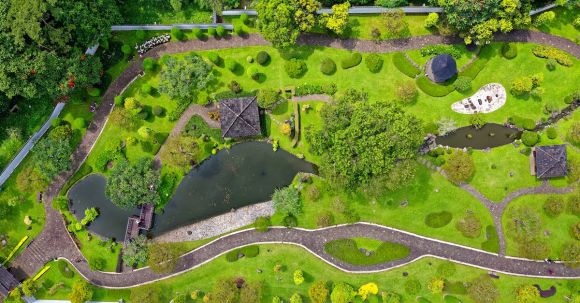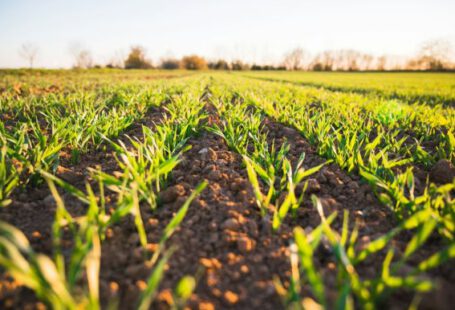Landscape design has come a long way over the years, evolving alongside our changing lifestyles and preferences. Modern landscape design is characterized by its focus on functionality, sustainability, and aesthetics. It aims to create outdoor spaces that seamlessly blend with the surrounding environment and enhance the overall experience of the users. In this article, we will explore the principles that guide modern landscape design.
Harmony with the Environment
One of the fundamental principles of modern landscape design is the idea of harmony with the environment. This means that the design should be in tune with the natural elements of the site, such as the topography, vegetation, and climate. By using native plants, sustainable materials, and natural drainage systems, modern landscape designers can create outdoor spaces that are not only visually appealing but also ecologically responsible.
Functional Design
Modern landscape design places a strong emphasis on functionality. Outdoor spaces are not just meant to be admired from a distance; they should also serve a purpose. Whether it’s a patio for entertaining, a play area for children, or a vegetable garden for growing your own food, every element of the design should have a practical use. This principle ensures that the outdoor space is not only beautiful but also functional and enjoyable for its users.
Simplicity and Minimalism
Another key principle of modern landscape design is simplicity and minimalism. This means that the design should be clean, uncluttered, and free from unnecessary embellishments. By using simple geometric shapes, clean lines, and a limited color palette, modern landscape designers can create a sense of calm and order in outdoor spaces. The goal is to create a visually pleasing environment that is easy to maintain and allows the natural beauty of the surroundings to shine through.
Integration of Indoor and Outdoor Spaces
Modern landscape design seeks to blur the boundaries between indoor and outdoor spaces. The idea is to create a seamless transition from the interior of the home to the exterior, allowing for a more cohesive and integrated living experience. This can be achieved through the use of features such as large sliding glass doors, outdoor kitchens, and outdoor living areas. By extending the living space outdoors, modern landscape design enhances the overall functionality and livability of a property.
Emphasis on Sustainability
Sustainability is a core principle of modern landscape design. With growing concerns about climate change and environmental degradation, landscape designers are increasingly using sustainable practices and materials in their designs. This includes incorporating energy-efficient lighting, using rainwater harvesting systems, and choosing low-maintenance plants that require minimal water and fertilizer. By prioritizing sustainability, modern landscape design not only reduces the environmental impact of outdoor spaces but also creates healthier and more resilient ecosystems.
Conclusion: Creating Beautiful and Functional Outdoor Spaces
Modern landscape design is a dynamic and evolving field that is guided by principles of harmony, functionality, simplicity, integration, and sustainability. By adhering to these principles, landscape designers can create outdoor spaces that are not only visually stunning but also functional, sustainable, and enjoyable for their users. Whether it’s a small urban courtyard or a sprawling suburban garden, modern landscape design has the power to transform outdoor spaces into beautiful and functional extensions of our homes. So, the next time you step outside, take a moment to appreciate the principles that guide the design of the outdoor spaces around you.





